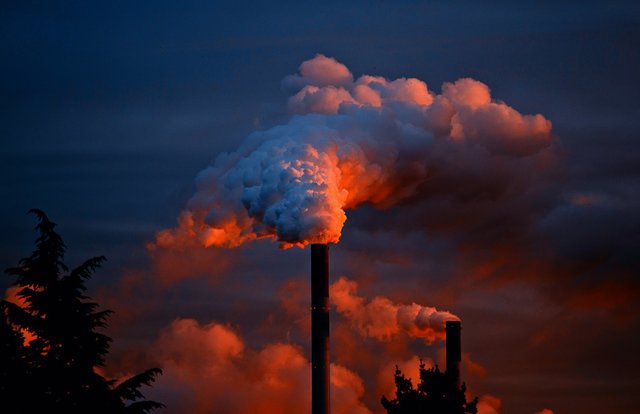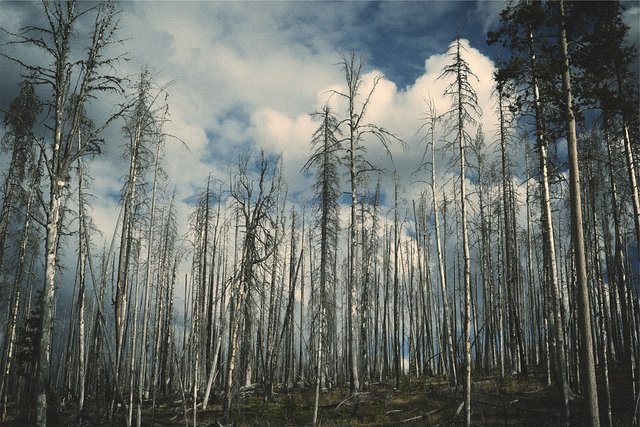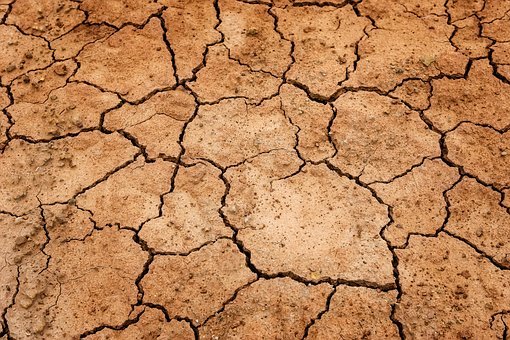THE SILENT EPIDEMIC OF ACID RAIN

WHAT IS ACID RAIN?
Acid rain can be a real problem if not nipped in the bud.
It causes lakes to be acidic, soil weathering which can lead to shortage of food, it destroys vegetation and is most definitely not good for washing, bathing or drinking.
It has caused so many undesirable effects. Some cases include;
- In 1991, the United States National Acid Precipitation Assessment Program (NAPAP) provided its’ assessment of acid rain in the United States lakes. It reported that 5% of New England Lakes were acidic, with sulfates being the most common problem. The problem was so severe that 2% of those lakes could no longer support the growth of many minnows.
This is was because those lakes were situated near heavy industries producing large amounts of chemicals into the air each day.

One of the Wonders of the World; the ‘Taj Mahal’ a part of mankind’s many beautiful creations is becoming tarnished by the subtle growth of a yellow sheath, much like that of a smoker’s teeth.
This growth is the result of being subjected to something as innocent and simple as rain, except that this type of rain is anything but innocent. It is full of toxins, poisons and acids. The rain is so acidic that due to prolonged exposure, it has gradually dissolved the monument’s pearly surface! The effect is a feverishly yellow appearance, ruining the once shiny glow.
All this is because the Taj Mahal is situated beside a number of chemical industries and sewage disposal factories, which produce harmful gases through their chimneys. Also the huge density of vehicles that come to visit the place every year.Switzerland avalanches: In the late 20th century acid rain caused the death and illness of so many mountain tress in Switzerland leading to a serious threat, as the tress served as barriers to avalanches. Avalanches are huge bulks of snow rolling down with full force from mountain tops, they are dangerous and life/property threatening.
But how in the world does ordinary rain become acidic?
Acid rain results when sulfur dioxide (SO2) and nitrogen oxides (NO and NO2) are released into the atmosphere. The SO2 and NOx react with water, oxygen and other chemicals in the atmosphere to form ‘sulfuric’ and ‘nitric acids respectively. When the atmosphere is saturated enough it falls to the ground as AID RAIN.
Sulfur and nitrogen are elements quite common in our atmosphere, meaning that rain is naturally unavoidably acidic. However when there is an excess production of these gases in the atmosphere, it intensifies the acidity of the rain that comes down.
Sources of SO2 and NOx (NO and NO2)

Vehicles and heavy equipment release nitrogen oxides from their exhaust pipes polluting the atmosphere severely.
Some volcanic eruptions also produce sulfur into the air which mixes with the oxygen in the atmosphere creating sulfuric oxide.
Burning of fossil fuels to generate electricity. More than half of these gases in the atmosphere come from electric power generators.

Manufacturing industries and oil refineries.
How to know when rain is acidic .
Acidity is measured using something called a ‘pH scale’. It describes the acidity of a substance by assigning it a number between 0 and 14, where 0 represents superlative acidity and 14 represents extreme Basicity.
The number 7 on the scale represents neutrality, for substances that are neither acidic nor basic for example; water.
The pH of normal rain is usually within the range of 5.6 to 6.0. But acidic rain can have a pH as low as: 3.0 to 4.4. While the pH of extremely acidic rain has been measured to be around 2.0, which is just as acidic as vinegar.
Ecologists, policymakers, research scientists, and all interested parties rely on the (NADP) National Atmospheric Deposition Program’s) and National Trends Network (NTN) for measurements of wet deposition. The NADP/NTN collects acid rain at more than 250 monitoring sites throughout the world.
Effects of acidic rain
- Although the force of nature will eventually erode a material’s strength anyway, acid rain will accelerate this process.
Steadily, acid rain will render vehicles, buildings, statues, monuments and other structures corroded and unattractive to the eye… but wait it doesn’t end there.

Acid rain has been suspected of retarding the growth of plants and in extreme cases, killing them! The acidic water absorbed by the soil is known to dissolve key nutrients such as calcium and magnesium making them unreachable to the growing plant or tree.
In some cases, acid rain can release bound aluminum in its toxic form and that can be harmful to plants including animals or insects that use it as a major source of food.What’s more, as this acid rain trickles down the leaves, it melts away the thin layer (cuticle) that protects the leaves, hindering the process of photosynthesis and exposing the leaves and invariably plant, to conditions they might not survive” such as drought, extreme cold and pests.

- As earlier stated, acid rain contributes to lowering the pH of water bodies making life for many marine creatures unbearable. Those that don’t die end up bearing either deformed offspring or have poorly hatched eggs.
What can be done?
First we must understand that our ecosystem is indisputably symbiotic; and so the decline of one creature will inevitably cause the decline of another. The death of small fish species will cause the death or substantial decrease in the specie of a larger fish and so on.
This can also be applicable to an insect whose health might be threatened by a damaged/diseased plant, thus threatening the life of the animal that preys on that type of insect it.
The solution is obvious two words: #less #pollution.
Pollution should be reduced everywhere and fast!
It would interest a lot of people to know that the itinerant nature of clouds often causes a cloud (whether polluted or not) in one region to float over and rain down in another region.
CASE STUDY: 16% of Norway’s acid rain was found to pour down from clouds that were initially polluted in the U.K. “See what I’m talking about?”
I believe the problem of pollution can be curbed by finding a way to convert these harmful gases into unharmful forms before releasing them into the environment or even better ; we find nonpolluting sources of energy to make use of, such as #clean #energy and bio fuels.
SAVE THE PLANET, STOP POLLUTION, STOP ACID RAIN!
REFERENCES
Epa
And my BRAIN...
AS ALWAYS THIS IS YOUR GIRL@LIZBETHK
I share your sentiments but unfortunately, world leaders are yet to come together with concrete plan of action
Very true my friend